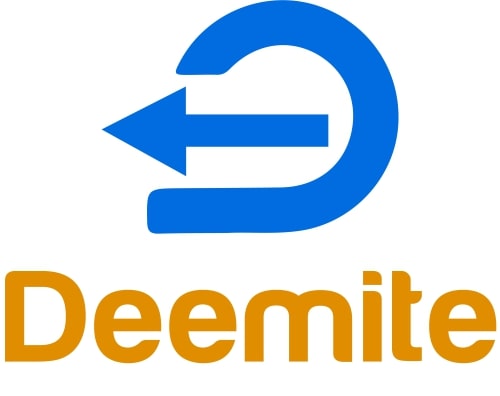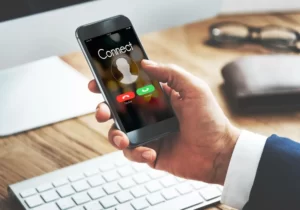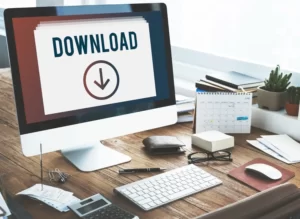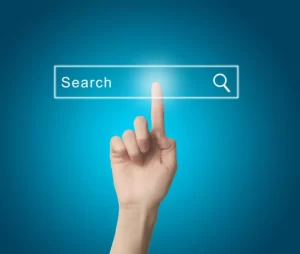Your WordPress favicon isn’t showing? Well, you are not the only one facing this issue. We all face this issue while building a WordPress website.
In online branding, even the tiniest details can make a big difference and website favicon holds significant importance. Favicons are crucial in creating a unique brand identity and enhancing user experience.
So, in this blog, we will fix our WordPress favicon not showing issue. We will also learn the benefits of having a website favicon and how to create a great favicon. Alternatively, you can read our complete guide on How to Add a Favicon in WordPress?
What are Favicons?
Favicons, short for “favorites icons,” are small icons associated with a website or web page. They are typically displayed in the browser’s address bar, tabs, bookmarks, and browser history, serving as a visual representation of the website.
Favicons make it easier for users to identify and distinguish between different websites with multiple tabs open.
Favicons are an essential part of a website’s branding and provide a more polished and professional appearance.
Additionally, when users bookmark a page, having a favicon associated with it makes it easier to locate and recognize the bookmark later on.
Impact of Favicons on User Experience
Favicons go beyond aesthetics; they contribute to brand recognition and instill trust in users. A well-designed favicon can leave a lasting impression on visitors, making them more likely to remember and revisit your website. Moreover, seeing a favicon associated with a website enhances its credibility and professionalism.
WordPress Favicon Isn’t Showing: How to Fix?
Now that we have a clear understanding of favicons, let’s address the issue of your missing WordPress favicon.
Follow these steps to troubleshoot the problem:
Step 1: Clear Browser Cache
Sometimes, your browser may display an outdated version of your website’s favicon due to cached data. Clearing your browser cache forces it to fetch the latest version of your site, including the favicon.
Step 2: Clear WordPress Website Cache
If you use any caching plugin or your web hosting provider employs caching, it may be caching the favicon. Clear the cache from your WordPress dashboard to ensure your changes take effect.
Step 3: Verify Favicon File and Format
Ensure that you have uploaded the favicon file in the correct format (usually .ico or .png) to the root directory of your WordPress installation. Double-check that the file name and extension are accurate.
Step 4: Check Favicon Code in the Header
Navigate to Appearance > Theme Editor in your WordPress dashboard and open the header.php file. Look for the following code within the <head> section:
<link rel="icon" href="path/to/your/favicon.ico" type="image/x-icon">Replace “path/to/your/favicon.ico” with the correct file path of your favicon.
Step 5: Ensure Correct Favicon Size and Dimensions
Favicons should typically be square and come in standard sizes like 16×16 pixels or 32×32 pixels. Verify that your favicon adheres to these dimensions for optimal display.
Step 6: Review File Permissions
Check the file permissions of your favicon. The recommended permission for the favicon file is 644, which allows it to be read by everyone.
Step 7: Test Browser Compatibility
Test your website on different browsers to see if the issue is browser-specific. Although rare, certain browsers may have trouble displaying specific favicon formats.
Step 8: Check for Plugin Conflicts
Temporarily deactivate any favicon-related or caching plugins and check if the favicon starts appearing. If the issue resolves, identify the conflicting plugin and seek alternatives.
Step 9: Check CDN Related Issues
If your site uses a Content Delivery Network (CDN), ensure it correctly caches the favicon file without causing conflicts. Work with your CDN provider to troubleshoot the issue.
These steps will solve your issue and your website favicon will appear in the browser tabs.
If the issue persists, you can contact a WordPress website developer to solve the issue for you.
Best Practices for Designing Favicons
Designing an effective favicon involves creating a recognizable image that represents your brand. Stick to your brand’s colors and visual identity to maintain consistency across different platforms.
Optimize Favicons for Mobile Devices
Optimize your favicons for mobile devices to ensure they display correctly on various smartphones and tablets. Use responsive design techniques to adapt the favicon’s size for different screen resolutions.
Use Different Favicons for Different Website Sections
Consider using different favicons for different sections of your website to provide visual cues to users. For example, you can have a unique favicon for your blog, another for your main homepage, and a different one for your contact page.
Advanced Favicon Techniques
Creating Dynamic Favicons for Special Events
On special occasions or holidays, you can create dynamic favicons to celebrate the event. Changing the favicon temporarily can add a touch of personalization to your website and show your engagement with visitors.
Utilizing Favicons for Browser Notifications
Incorporate favicons into browser notifications to make your alerts more noticeable and brand-relevant. This can increase user engagement and drive traffic back to your website.
How to Optimize Your Favicon?
Impact of Favicons on SEO Rankings
Though not a significant SEO factor, having a favicon can enhance your website’s overall user experience, which may indirectly influence user engagement metrics that affect SEO rankings.
Reduce Favicon File Size for Faster Loading
Optimize your favicon file size to ensure it doesn’t slow down your website’s loading speed. Smaller favicons load faster, improving the overall user experience.
Frequently Asked Questions
How Long Does it Take for a Favicon to Update?
In most cases, favicon changes take effect immediately after clearing your browser cache. However, some browsers may take a bit longer to update the favicon.
Can I Use Different Favicons for Different Pages?
Yes, you can use different favicons for different pages. This can be achieved using dynamic favicon generation techniques or plugins that allow page-specific favicon assignment.
Why is My Favicon Blurry on Certain Devices?
Favicons are tiny images, and their clarity might vary based on the device’s resolution. Ensure you have a high-quality favicon appropriately scaled for different screen sizes.
Conclusion
Favicons are small but powerful elements that contribute to a website’s brand identity and user experience. If your WordPress favicon isn’t showing, follow the troubleshooting steps provided in this blog to diagnose and resolve the issue.
Remember to design a favicon that aligns with your brand’s identity, optimize it for various devices, and keep it updated for special events or promotions.
By paying attention to this seemingly minor detail, you can leave a lasting impression on your visitors and elevate your website’s overall appeal.





